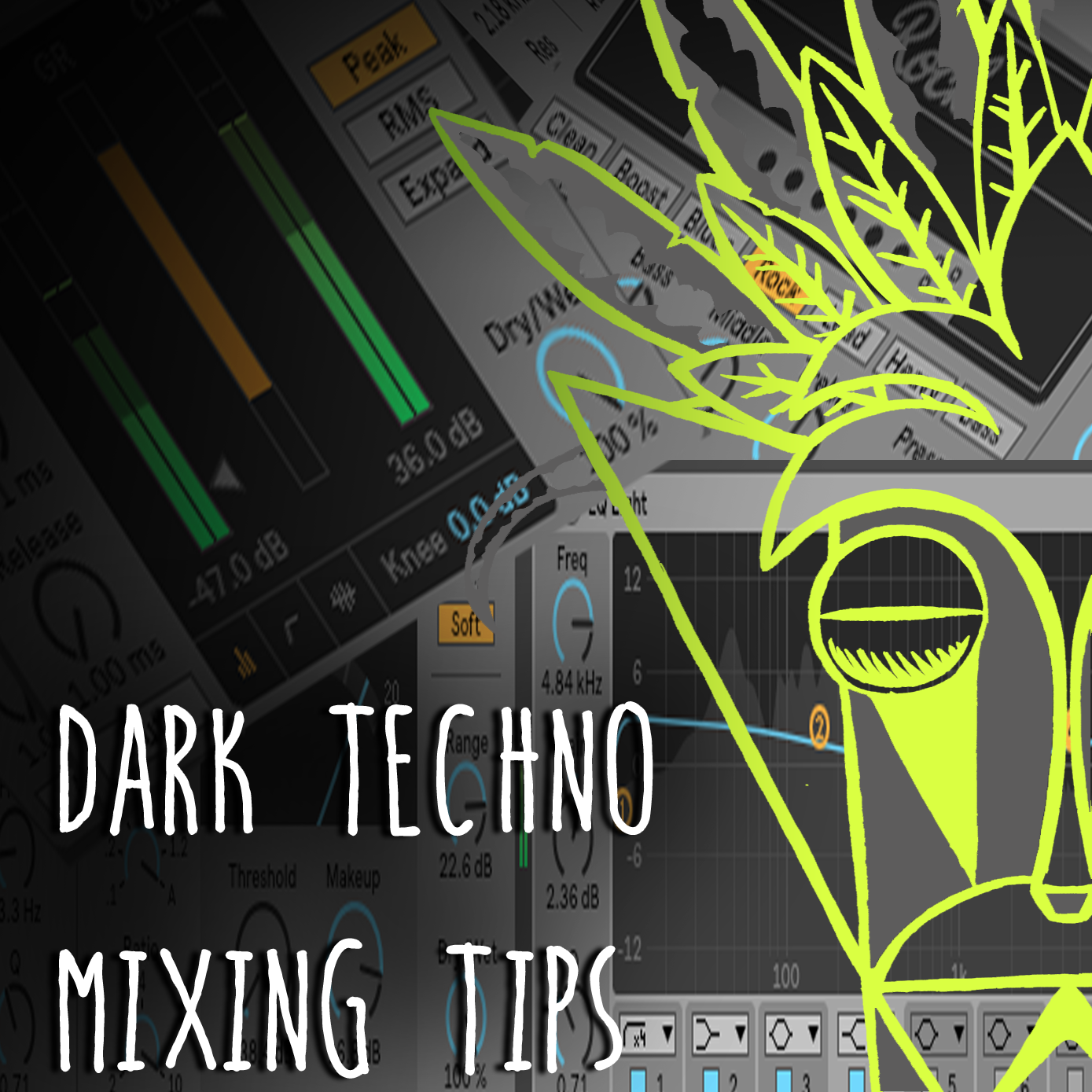5 Ableton Tips You May Not Know
What we aim to do in the blog post is outline 5 Ableton Tips, that are either overlooked or just so hidden we would never find them without someone lighten the way for us. These Ableton tips are not just for the beginner producer but also the advance producers among us. There are tips to help make your bass sounds beefier, new chord techniques and a few gems to help speed up your workflow. First up, let’s take a look at follow actions.
How To Make Your Own Dry/Wet Control In Ableton
With the invention of the modern daw which is an all-encompassing workstation with a whole of host of controls, instruments and audio effects (plus so much more) it has never been easier to start making music. Almost all the effects have the parameter controls you could ever wish for. But sadly some do not (like redux), but for the Ableton user this is never a worry, we can simply make them ourself.
How do we do this I hear you ask, well in this how-to tutorial we are going to be showing you how to make a Dry/Wet control for redux. This is hugely important in the sound design, production and even the mixing stage. It allows you to be able to dial in the exact amount of your chosen effect.
How To Beef Up Your Drums Part 1
In this tutorial, we are going to look at how to beef up our drum loops and samples using Ableton’s stock audio effects.
Drum Synthesis: Snare in Abletons Operator
In this blog post we are going to look at how to make a snare using Ableton’s simply scrumptious FM synth operator. The main advantage of building your own snare apposed to using a sample is you have full control over how the snare sounds. For example does the snare need more body or sizzle?. Does it need to be longer?. Can the pitch bend be deeper?. And that is just a small number of elements that you can change and through out the tutorial we will see the huge array of sound design possibilities that Ableton presents us when making a snare or in fact any drum sound.
How To Make A Sample Your Own
Samples are an amazing source of inspiration but the fact is everyone who buys the pack has access to the same set of sounds, so the question is how do you go about making those sounds your own. Well in the blog post we will show you a selection of ways to do that.
Dark Techno: Mixing Drums
In this blog post, we are going to have a look at mixing Dark Techno drums using only Ableton Live 10 stock audio effects. And by the end of it, you will see that is all you need to create slamming techno drums
Dark Techno Mixing Tips
Techno and especially dark techno are synonymous with experimentation and pushing the boundaries of sound. And in this article, we are going to show you 5 ways you can use the stock Ableton audio effects to create raw, edgy dark techno productions.
How to make a Dark Techno Kick
When creating dark techno sounds you can throw the rule book out the window. Most engineering books will say not to use time-based (delay and reverb) effects on low-end sounds but in techno, we say F that. So let's start breaking the rules.
How to Make a M/S Splitter
From time to time there will be situations when working with audio that its essential that you control the mid and side signals separately, yes you can do this with the EQ in M/S mode but what happens if you want to go beyond just a simple EQ. Well in this article we are going to show you how.
How to Make Shuffle Hats
If your trying to inject a sense of pace to your tracks adding in some shuffling hi hats, tambourines or shakers could be the way to go. There are many ways to achieve this but in this tutorial we are going to be using a delay unit to achieve this and specifically Ableton Live’s filter delay which give you the ability to have 3 delay channels.
How to Make an EQ Splitter in Ableton
An EQ splitter is a very very useful tool which can allow you to split your frequency bands and add individual processing to each of these bands. In this blog post we are going be looking at how to set this up in Ableton Live 10 using the audio racks.












